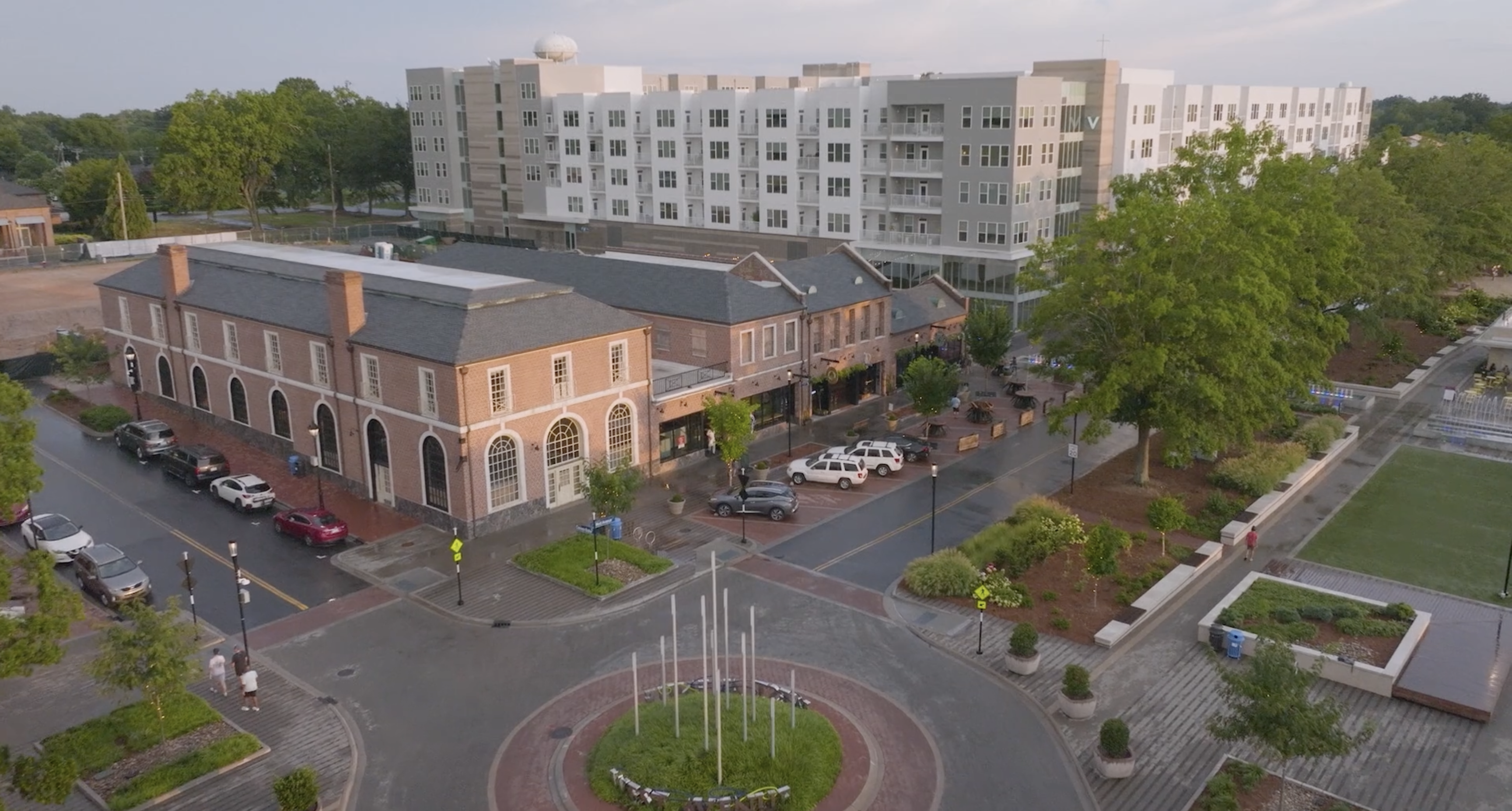Development in Kannapolis
In 2003, the city of Kannapolis, North Carolina, dealt with the worst permanent lay-off in state history when the textile giant Cannon Mills closed down. Consequently, Kannapolis’s downtown district suffered as many businesses shuttered. By 2015, over half of the downtown was vacant and many of its historic structures were in disrepair. That same year, Kannapolis partnered with the Development Finance Initiative (DFI) to revitalize their downtown.
The City of Kannapolis acquired its entire historic downtown core for $8.75 million. Although the tax assessed value of downtown totaled $24.5 million, it represented less than 1% of the city's total tax base. With the downtown under local government ownership and a ten-year partnership with DFI in place, city leadership regained control over the fate of, arguably, its most unique asset.
DFI worked in partnership with Kannapolis to create a plan for development and help create a dynamic downtown space in partnership with private developers. “Over the past five years, the downtown core of Kannapolis has witnessed an impressive influx of private investment, totaling over $75 million,” said Eric Thomas, assistant director of DFI. “Currently, there are ongoing construction projects valued at an additional $40 million. This substantial private development serves as a remarkable complement to the city's own investment of over $130 million in infrastructure and amenities, all dedicated to supporting the revitalization of downtown.”
As part of the ongoing project with DFI, Kannapolis has transformed its downtown, including the construction of a new baseball field, creating partnerships with private developers who are building on downtown properties, and creating more green space and pedestrian-centered designs in downtown.
“The range of private investments within the downtown core is diverse and exciting,” said Thomas. “It encompasses the restoration of historic theaters that now host movies, concerts, and shows, the creation of ground floor retail spaces for food and beverage establishments, as well as a mix of for-sale and multi-family residential units, all aimed at fostering a walkable urban core.”
Altogether, an estimated $400 million will have been invested in the downtown space upon completion of the final developments in the downtown core.
Published June 2, 2023



